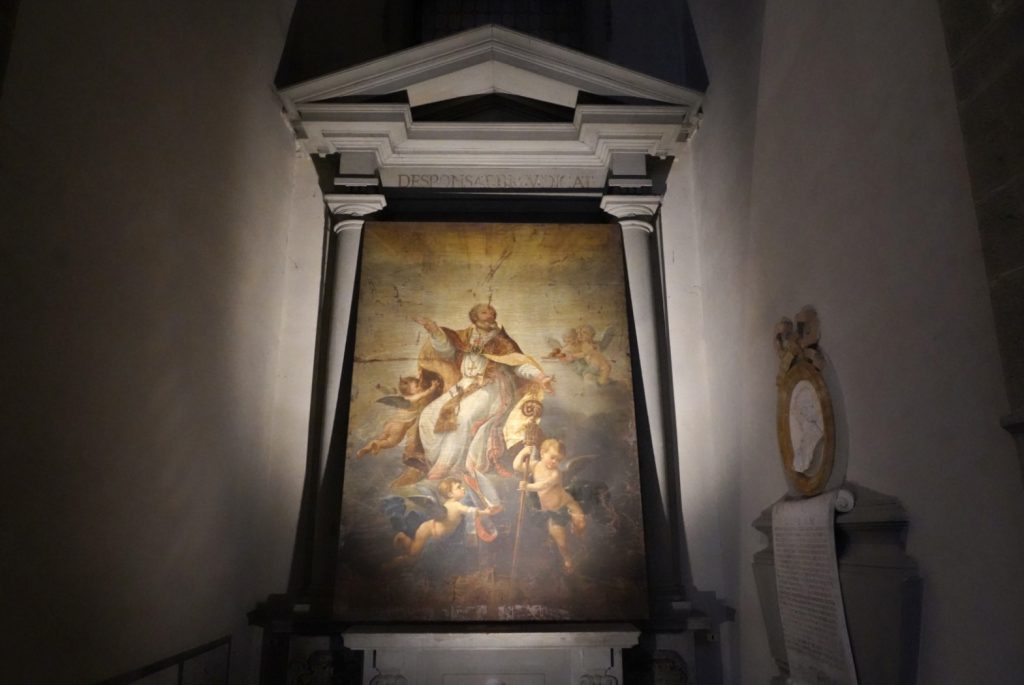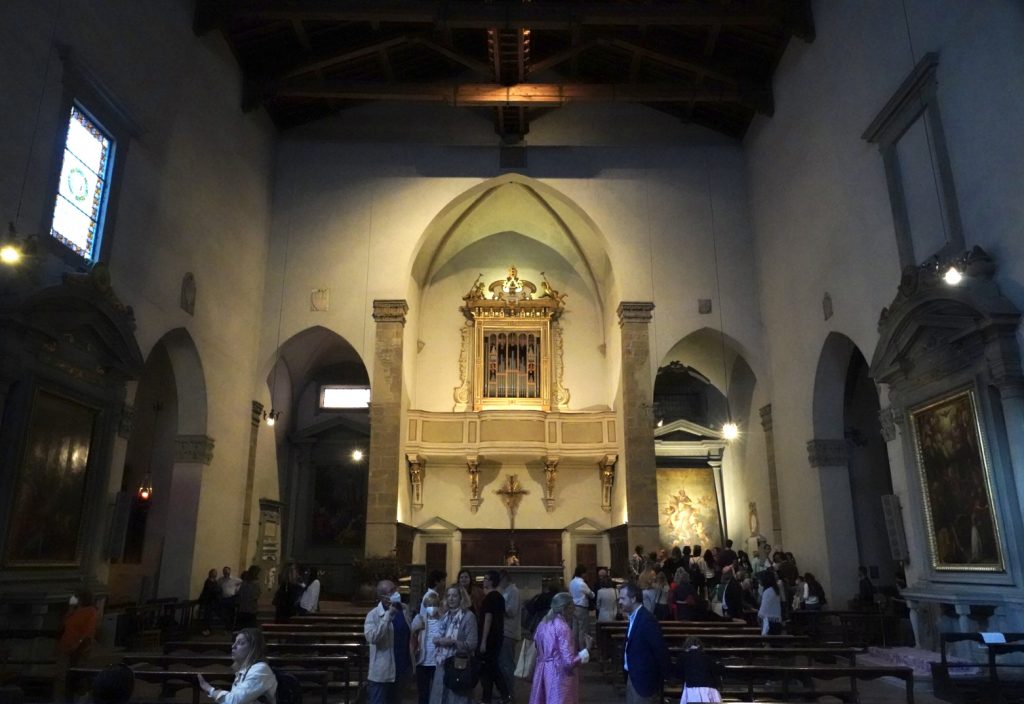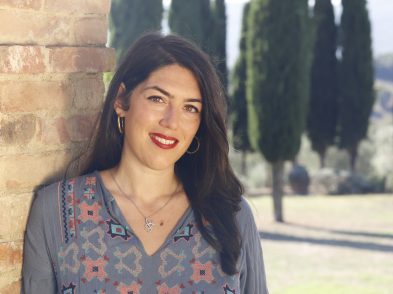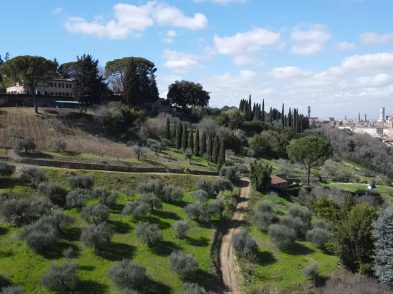Busatti has been weaving the finest fabrics in the basement of Palazzo Morgalanti in Anghiari since 1842. Now in 2022, to mark its 180 years of industriousness, the family-run company has decided to give back to the neighbourhood where its Florence store is based by funding a major restoration project in the Church of San Niccolò in Florence: the canvas depicting San Nicola di Bari in Gloria.

“For Tessitura Busatti, it has been a real honour to take part in this restoration project in one of the liveliest and most authentic neighbourhoods in Florence,” remarks CEO of Busatti, Livio Sassolini. “We are delighted to return such an important work of art, due to its quality and dimensions, to the San Niccolò community. We learned about the piece thanks to Dr. Grazia Badino, who has been the driving force of the campaign, alongside the church’s priest Don Gamucci.”

Emiliano Lapi, a teacher at the former Istituto Demidoff school for needy girls in the San Niccolò neighbourhood, is generally regarded as the creator of the 17th-century oil canvas, which was originally intended as a rolled panel before becoming the cover for the church’s organ.
The restoration was carried out by Natalia Materassi and Studio Ardiglione, in collaboration with Martina Previatello and student Virginia Gamberi. Measuring 340 x 240 centimetres, the piece spent years rolled up in abandonment on a stick.
“The thickness of the weft and the preparatory and pictorial layers aroused suspicion about the panel’s original function. It made us think that it had actually been created as a painting and later adapted for use as an organ cover,” explained the restorers. “Organ covers are usually lighter and thinner for straightforward opening and closing. This posed the question of whether to recover its function or to focus our work purely on conservation. With Dr. Grazia Badino and the area’s Fine Arts Department official Maria Maugeri, the decision was made to concentrate on a conservative restoration that would secure the artwork, which was in danger of total degradation.”

The painting was carefully unrolled and released from the wooden stick before being laid out completely. Humidification, pressure and ironing reduced the deep fractures and deformations in the preparatory and pictorial layers. Silk brushes removed the dust and cotton wool buds dipped in demineralized water eliminated the dirt deposits. The restorers focused their efforts on structural restoration using the strip lining technique, whereby linen strips were glued along the edge of the painting. The strips were carefully mended, which enabled the canvas to benefit from renewed tension on a new frame.
“The outcome was uncertain, given the size of the artwork,” continued the restorers. “This was the main challenge, so we were holding our breath until the canvas was on the new expansion frame. We’re very happy with the new result since our work has not added anything; it’s simply preserved the original piece.”

This month, San Nicola di Bari in Gloria will be placed in the chapel to the right of the main altar in the Church of San Niccolò. The artwork will be presented to the public at 5.30pm on September 22, followed by a party (by invitation only) at Palazzo San Niccolò.








